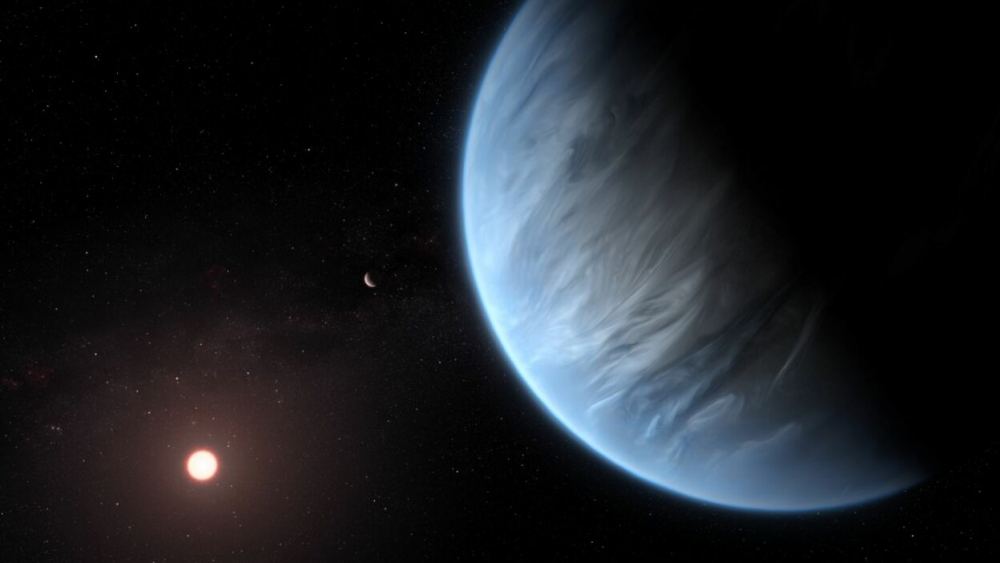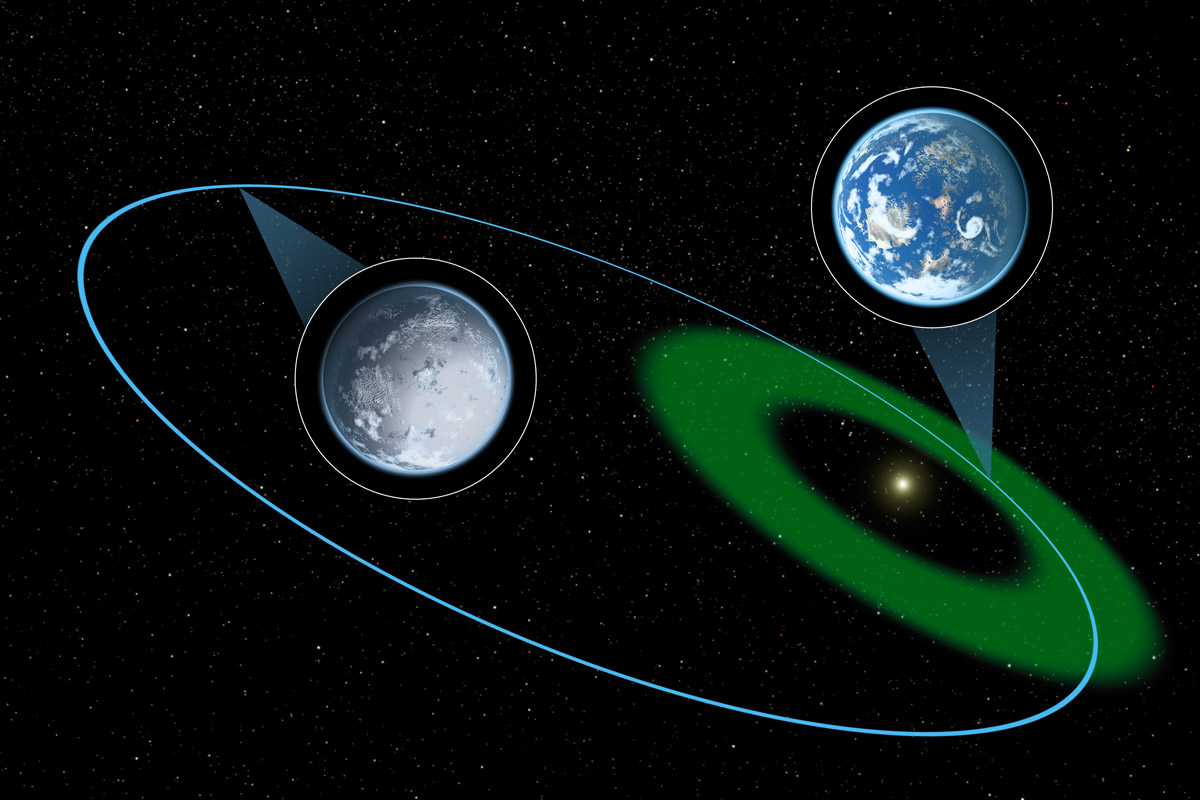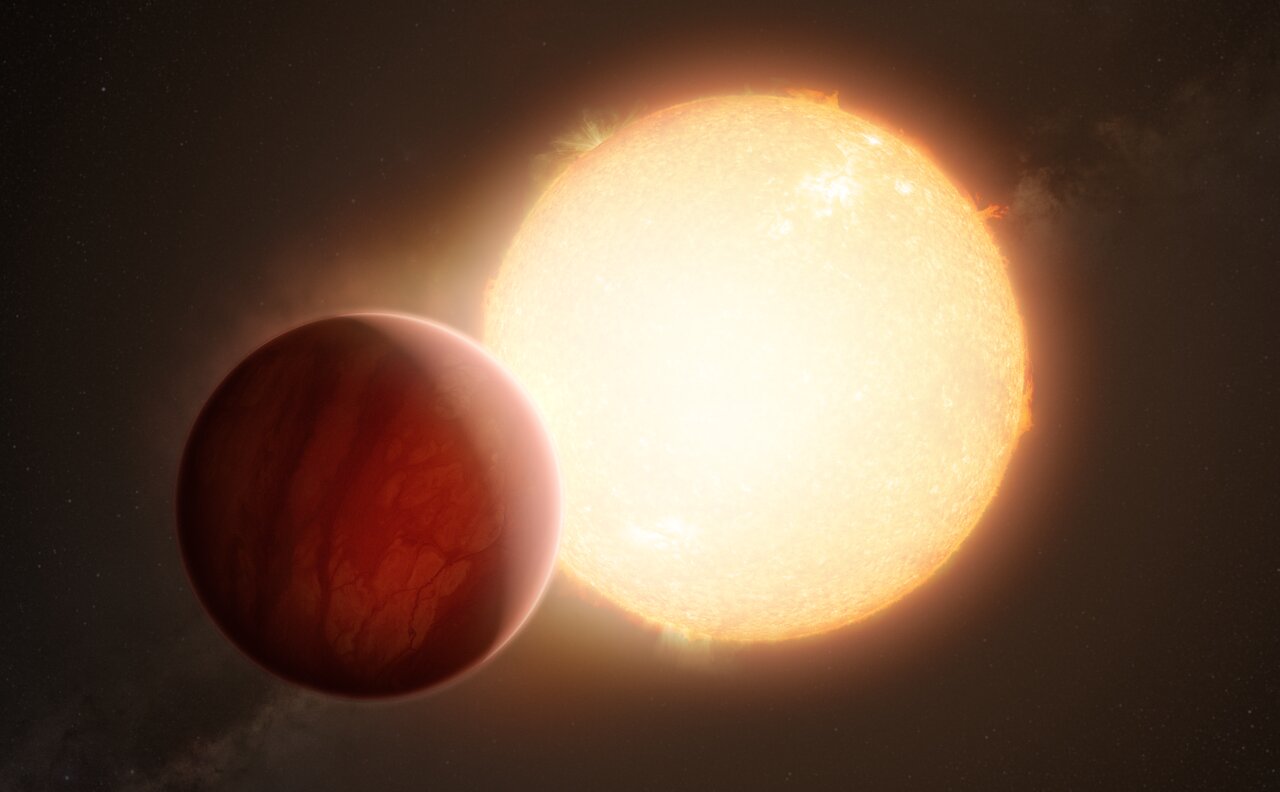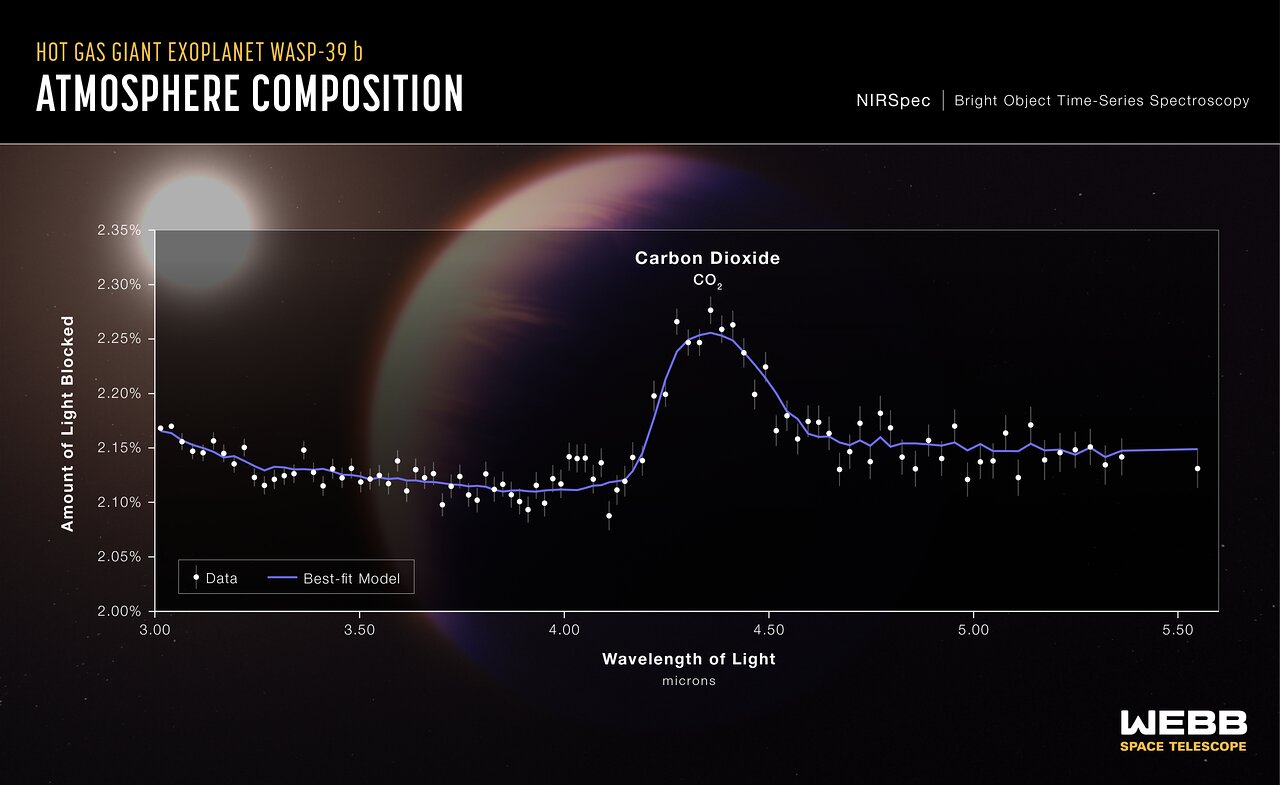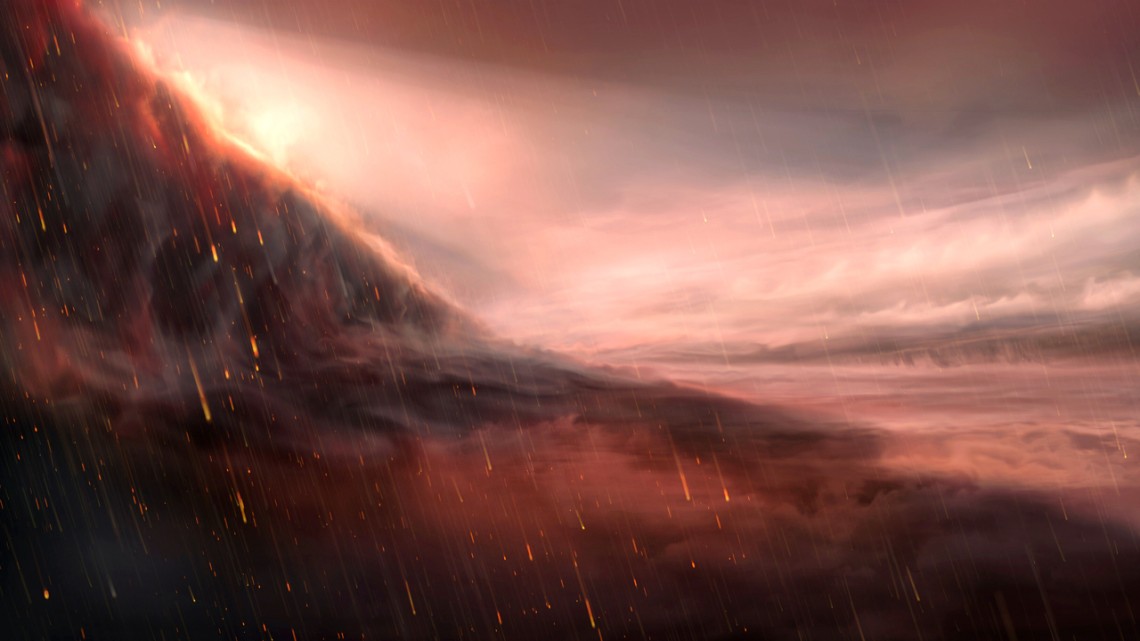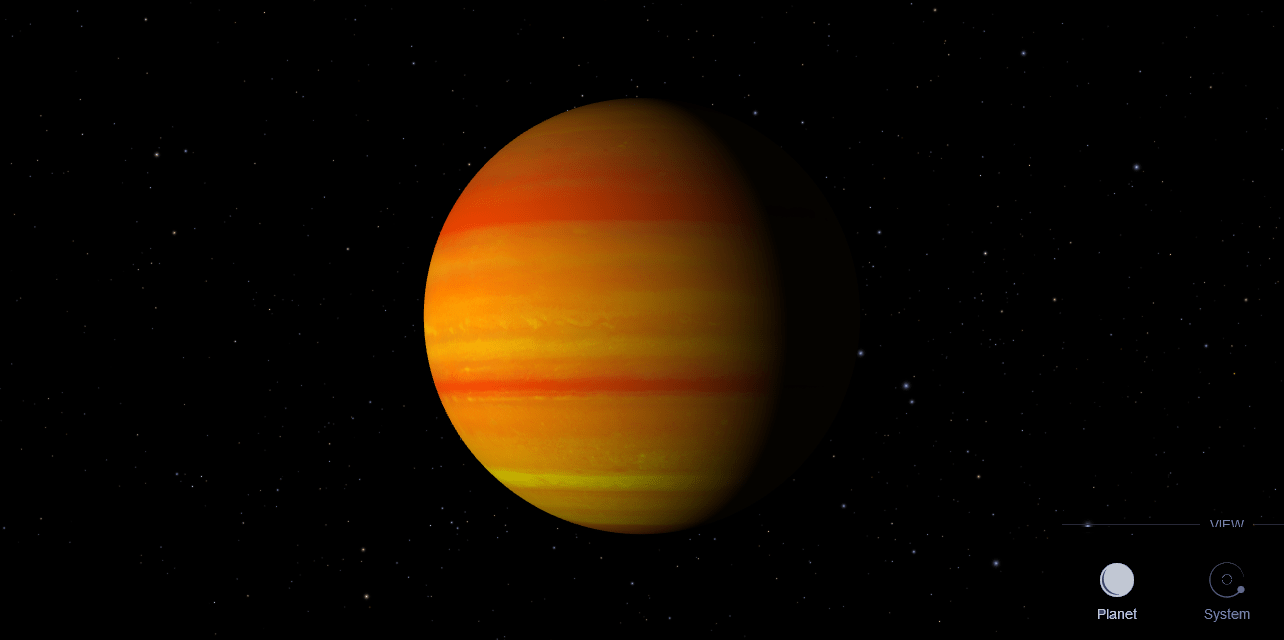In a recent study submitted to The Astrophysical Journal Letters, an international team of researchers led by the University of California, Los Angeles (UCLA) examine the potential for water-worlds around M-dwarf stars. Water-worlds, also known as ocean worlds, are planets that possess bodies of liquid water either directly on its surface, such as Earth, or somewhere beneath it, such as Jupiter’s moon, Europa and Saturn’s moon, Enceladus.
Continue reading “Astronomers still scratching their heads over population of ocean-world exoplanets”Astronomers still scratching their heads over population of ocean-world exoplanets
